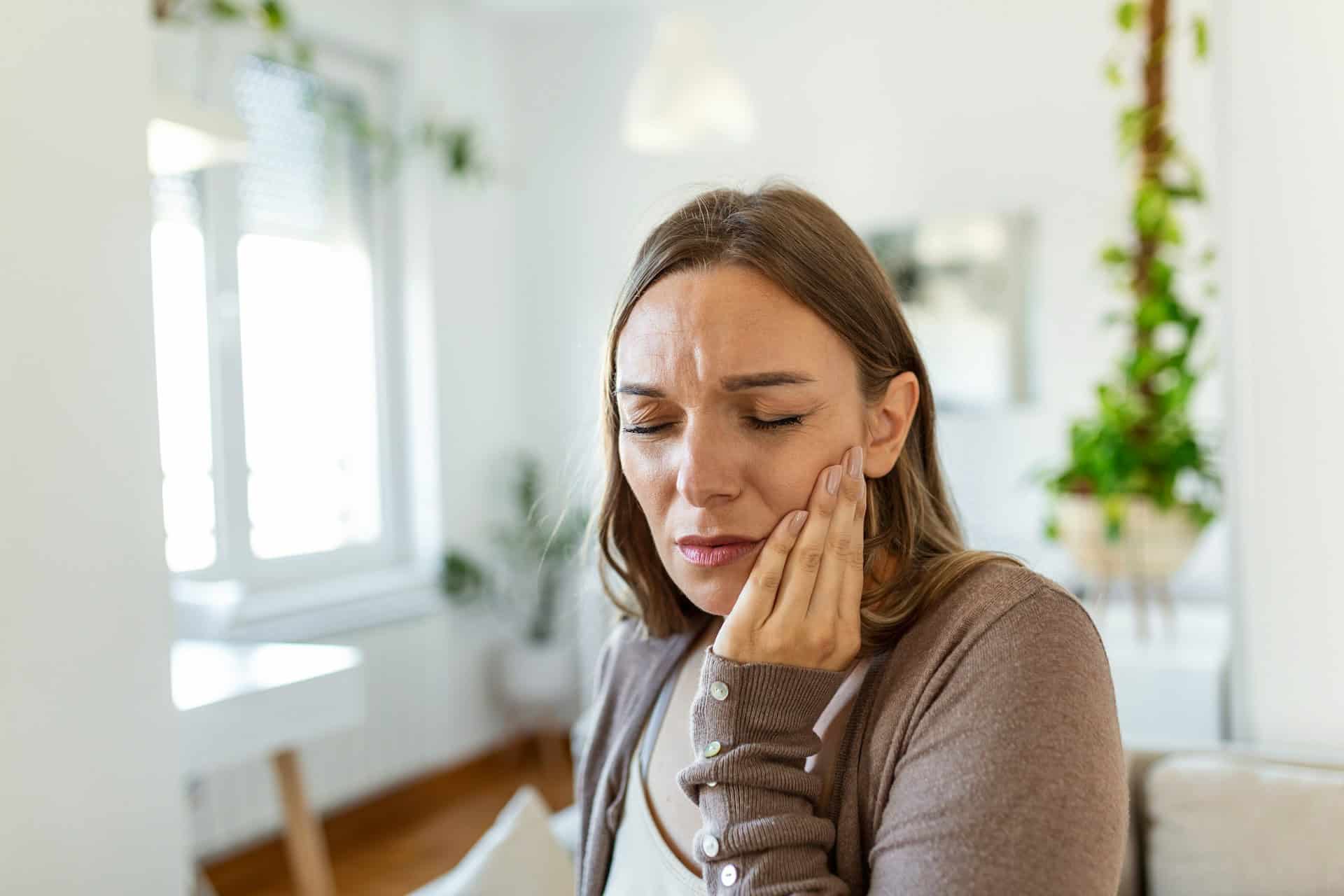Tooth sensitivity after getting a filling is a common concern that many people face. It can be quite surprising to feel a sudden jolt of discomfort when enjoying a cold drink or a sweet treat. While it might seem alarming at first, understanding why it happens can bring reassurance and relief. This sensation usually occurs when the nerves inside your tooth react to temperature changes or pressure. The good news is that this sensitivity is usually temporary and can be managed effectively.
Dealing with tooth sensitivity doesn’t have to disrupt your day-to-day life. Knowing what to expect after a filling and learning how to reduce discomfort can make a big difference. Whether you’ve just had a routine dental visit or are simply planning ahead, knowing the reasons behind tooth sensitivity and how to handle it can keep you feeling comfortable and informed.
Understanding Tooth Sensitivity After Fillings
Tooth sensitivity after a filling happens when the nerves inside your tooth become more aware of changes in temperature, pressure, or certain foods. This sensitivity is the tooth’s natural way of responding to the recent dental work. Fillings are intended to repair cavities and restore the tooth’s structure, but the process can sometimes irritate the tooth temporarily.
Several factors contribute to this sensitivity. The type of filling material used, the depth of the cavity, and how the bite aligns after the procedure can all play a role. Sometimes, the tooth needs time to adjust to the new filling, and during this period, sensitivity can occur. It is a normal part of the healing process, as the tooth settles back into its role.
To put it simply, tooth sensitivity after fillings can be bothersome, but it’s often short-lived. Here’s a quick look at the main causes and triggers:
– The placement of a filling can irritate the nerve within the tooth.
– The biting force may need adjustment to prevent further irritation.
– Temperature extremes from hot or cold foods and drinks can trigger sensitivity.
– Sweet foods or those that require more chewing might amplify the sensation.
By knowing how and why sensitivity occurs, you’re better equipped to deal with it calmly and effectively.
Types of Sensitivity and Triggers
After getting a filling, sensitivity can manifest in different ways. Some might feel a sharp sensation immediately after the procedure, which is known as immediate sensitivity. Others may notice discomfort days or weeks later, a condition referred to as delayed sensitivity. Both types can be triggered by specific factors and can vary from person to person.
Common triggers for this discomfort include:
– Sudden temperature changes, such as sipping a hot coffee or eating ice cream.
– Sweets or acidic foods, like candy or citrus fruits, that can cause irritation.
– Applying pressure on the filled tooth, especially when chewing harder foods.
– Changes in air pressure, such as deep breathing through the mouth, particularly in colder climates.
Understanding these triggers can help you better manage the situation and avoid unnecessary discomfort. It might be worthwhile to pay attention to which triggers affect your teeth more and adjust your habits accordingly.
Managing and Reducing Sensitivity
Taking care of your teeth is key to minimizing sensitivity after a filling. Here are some simple strategies to maintain comfort and keep your teeth healthy:
– Use toothpaste specifically designed for sensitive teeth, which can help to seal the exposed areas of the tooth.
– Avoid overly hot, cold, or sweet foods that can increase sensitivity.
– Practice good oral hygiene, including regular brushing and flossing, to keep your teeth and gums in top shape.
– Adjust your diet to incorporate foods that are known to be gentle on teeth, such as yogurt and soft fruits.
Being mindful of your eating and drinking habits can greatly reduce discomfort. By making small changes and adopting a gentle approach to oral care, you can enhance comfort and protect your teeth.
When to Contact a Dentist
While sensitivity often fades with time, there are moments when you should consider reaching out to a dental professional. Persistent or severe pain that doesn’t diminish might be a sign of an underlying issue that needs attention. If you notice prolonged discomfort or have difficulty eating or sleeping due to sensitivity, it’s wise to consult with a dentist.
During a dental visit, a professional can check the filling to ensure it’s properly aligned and hasn’t cracked or shifted. They may also offer treatments or suggestions to improve your comfort. Keeping communication open with your dentist helps ensure any concerns are addressed promptly, supporting your dental health long-term.
Keep Your Smile Comfortable in Austin, TX
Dealing with tooth sensitivity doesn’t have to overshadow your daily activities. By understanding what causes sensitivity and how you can manage it at home, you can maintain a comfortable and healthy smile. Consistently taking care of your oral hygiene and informing your dentist about any persistent issues can make a world of difference in how you feel.
Whether it’s avoiding certain foods or using products designed for sensitive teeth, small adjustments can contribute to your overall comfort. Keeping your smile healthy and feeling good is possible with the right approach and continued care.
Whether you’re experiencing discomfort after a recent dental visit or want to learn more about how to manage it, understanding how to handle tooth sensitivity is important. Explore Avenue Dental’s insights on how to effectively manage symptoms and maintain dental health with proper care. Discover more about managing and reducing discomfort with our dental fillings solutions.

